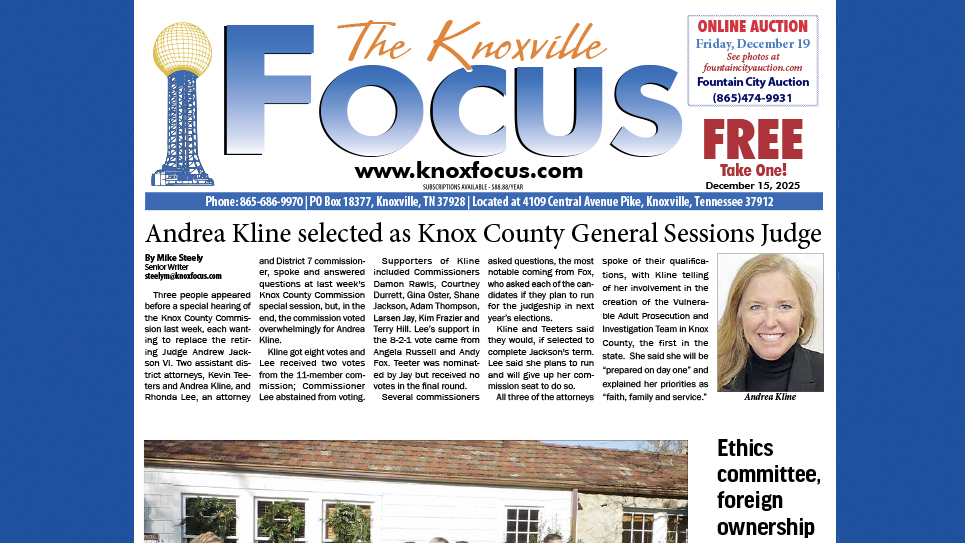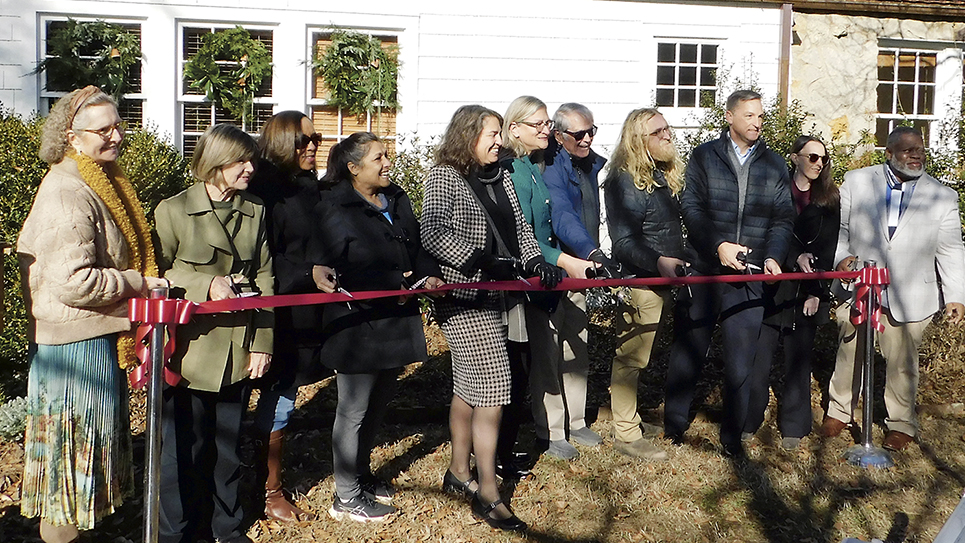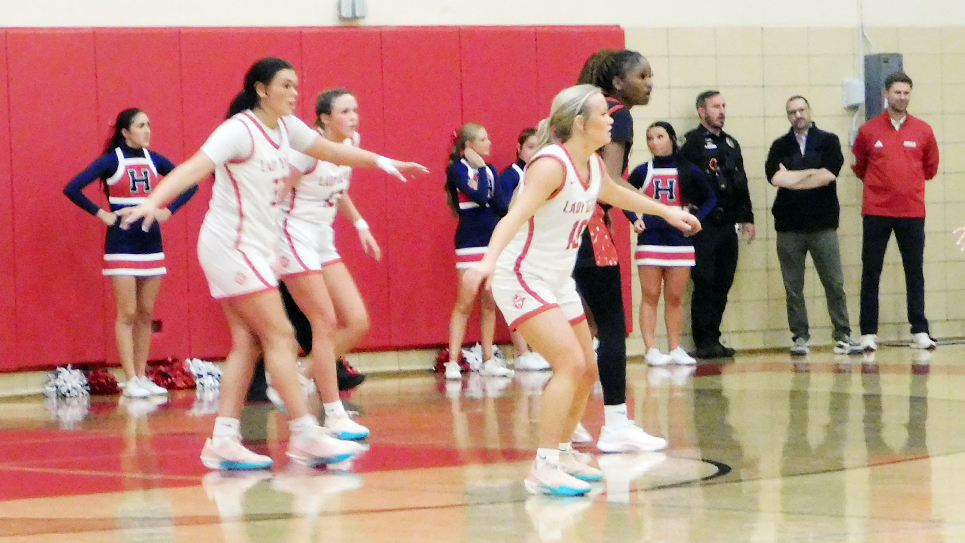By Sally Absher
The banner at the top of the Knox County Schools website proclaims “Tennessee State Report Card Reveals Knox County Schools Achieves 90% High School Graduation Rate.” Admittedly, that is an improvement over the KCS graduation of 79.3% in 2008, and the graduation rate has been creeping up for the past three years – from 87.7% in 2013 to 88.6% in 2014 to 90% in 2015.
Tennessee defines the graduation rate as “the percentage of students who graduated from high school within four years and a summer out of those students that entered the ninth grade four years earlier.” And Knox County, like most districts across the country that are being evaluated on statistics in the name of “accountability” is doing everything they can to drag those students, kicking and screaming, across the graduation line by the end of the summer of their fourth year of high school.
From December Dash to Summer Blitz to Credit Recovery, there is no end to the mulligans offered to students in Knox County. Under these programs, students with course averages as low as 55 or 60 can bring their grade up to 70, the passing grade for KCS. If students fail a test, they can take it again to get a passing grade. We are rewarding mediocracy at an alarming rate, but our graduation rates are increasing, by golly!
We examined the graduation rates for 16 KCS high schools from 2013 to 2015. Indeed, as shown in Table 1, with a few exceptions (Austin East, Central, Kelley Volunteer Academy, West), there has been a steady increase in the graduation rate in Knox County.
Are we graduating more college and career ready students? Maybe not. Remember, fully 10% of Knox County students who entered ninth grade did not graduate with a regular diploma. These students will not be ready to be trained for anything other than a manual minimum wage job. And those who did graduate may not fare much better.
Although the composite ACT score for Knox County Juniors rose from 20.2 in 2013 to 20.4 in 2014 to 20.7 in 2015, less than 25% of students in Knox County high schools are “college and career ready.”
And some increases may be due to a pilot program instituted in 2012-13 at Carter, Central, Halls, Karns, and Powell. These schools offer targeted tutoring around ACT test-taking strategies, in a semester-long elective course.
Several years ago, ACT devised a “benchmark” score that was considered predictive of success in college or career for each of the four subject areas on the test: English, reading, math, and science. Failing to meet the benchmarks does not mean a student can’t be successful in college or career, but it makes the journey more challenging and often necessitates remedial coursework. The college and career benchmarks are as follows:
English – 18
Math – 22
Reading – 22
Science – 23
Note that the average composite ACT score for incoming UTK freshmen has been over 26 since 2008. The benchmarks are not especially rigorous.
ACT’s Career and College Readiness (CCR) benchmark is the accurate indicator of what a student will be able to do after high school. It means that a student with a regular high school diploma is prepared to be trained for a job, or has a 75% probability to finish the first year of college or technical school with a C average. This is not college completion readiness. It is a basic, fundamental benchmark to be employable today. Those who do not qualify, according to ACT CCR, are minimum wage material with increasing unemployment during their working life.
Nationally 28% of students who took the ACT in 2015 met the CCR benchmarks in all four areas. Put another way, not counting high school dropouts, 72% of students nationwide with a regular high school diploma are not even ready to be trained for a job or finish the first year of any college or technical school according to ACT.
Tennessee results are even worse, although the percentage of students meeting all four benchmarks has risen from 16% in 2012 to 20% in 2015. But note that the national and state percentages include students from public school as well as private and home school. Also note that Tennessee is one of a handful of states that requires EVERY Junior to take the ACT, which explains why our ACT scores were higher before 2010, when only college-bound students took the test.
Table 2 shows the Composite ACT scores for 16 area high schools, and the percentage of students at each high school who meet all four benchmarks for college and career readiness for the past three years.
Overall, 76% of Knox County graduates are still not “college and career ready” according to the ACT CCR benchmarks. How can KCS be an “Exemplary School District” when three quarters of our students are not ready for college or career after high school?
The percentage of students meeting all four benchmarks fell or remained the same at 8 KCS schools from 2014 to 2015.
Some KCS schools are consistently producing students who are “college and career ready.” Especially noteworthy for 2015 are Farragut, (49% of students met all four ACT CCR benchmarks), Bearden and Hardin Valley, (39% of students met all four benchmarks), and L&N Stem, (38% met all four benchmarks, although this is a decrease from 40% in 2014).
These schools, along with West, performed better than the national average. KCS students performed best in English, with 64% of students meeting the benchmark in 2015. 46% met the reading benchmark, 35% met the math benchmark, and 35% met the science benchmark.
Two weeks ago, The Focus examined Knox County High School TVAAS data. We pointed out that Bearden, along with L&N Stem, West, and several other High Schools received a composite TVAAS rating of Level 1, indicative of a “failing school.” We concluded that it’s time to admit TVAAS is broken.
How can Bearden, L&N Stem, and West be Level 1 schools when they are among the top schools in the county in terms of graduation rates and college and career readiness?
Sources: http://www.tn.gov/education/topic/report-card and https://www.act.org/newsroom/data/2015/states/tennessee.html







